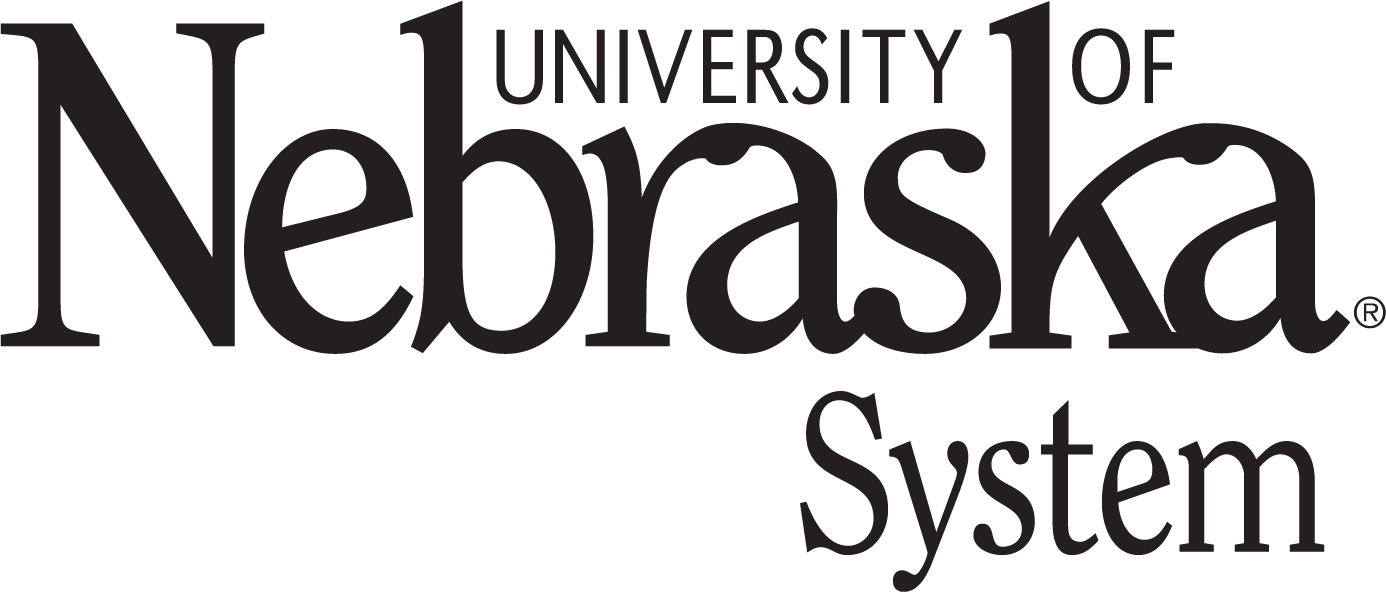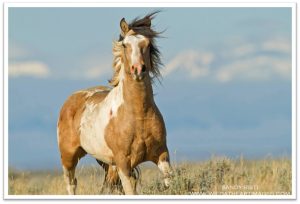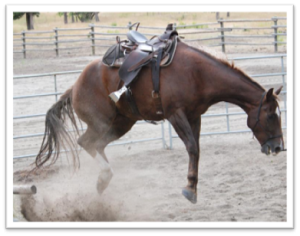1.2 Horse Behavior
Horse Brains vs. Human brains
Horse brains don’t work like human brains. Horses will always move away from danger.
Horses seek safety and comfort. In the wild they have to be on the lookout for predators.
Horses can’t make sense of dangerous situations.
- The horse brain lacks a large frontal lobe like humans – this means that they can’t reason well.
- A horse’s brain is about the size of a grapefruit.
- The cerebellum part of the brain takes up 1/3 of the horse’s brain vs 1/5 of human’s brain. A large cerebellum makes the horse primarily a motor, sensory animal.
Horses do not rationalize like humans, instead they are usually in the moment and do not care about the future, ie. What is going to happen later tonight.
Panic or stress will put a horse in “flight mode”.
This is when the horse and rider are likely to be hurt.
Body Language
It can take up to 20 minutes for a horse to calm down and get their heart rate back to normal.
Calming a Horse
- The handler must stay calm
- Let the horse “accept” the object or situation that is causing the fear. Smelling, touching, watching are all ways a horse can become familiar with objects and situations. This takes patience and time.
Some high-strung, nervous horses are not a good fit for a feedyard and should find another job.
Bad Behavior
- Horses can sense a person’s mood and will behave accordingly.
- All horses, even the calmest are capable of spooking and throwing a rider. The rider has to be aware of this at all times and not let their guard down. The horse’s primary defense is flight so if they don’t feel safe, they will try to get away. If pain or pressure can’t be escaped the horse may resort to rearing, bucking or shying, especially if that behavior is reinforced by getting rid of the rider. This behavior can happen on the ground or under saddle.
This Part 1 video (9 mins) demonstrates appropriate behavior around horses, selecting the right horse for the rider, using the right equipment and haltering a horse. Produced by: SW Ag Center (http://www.swagcenter.org), University of Texas Health Science Center at Tyler, Texas A&M University, Texas AgriLife Extension, LSU Ag Center, University of Arkansas Division of Extension, New Mexico State University Cooperative Extension Service, Southern Plains Animal Hospital, CDC/NIOSH Cooperative Agreement #U50-OH07541
Review
Work through these interactive questions to review the important concepts discussed.
The part of the brain located at the front, responsible for cognitive functions such as decision making, problem-solving, and social behavior. In horses, the frontal lobe is smaller than in humans, affecting their ability to reason and plan ahead.
A part of the horse's brain that is responsible for coordinating movement and balance. It makes up a significant portion of the horse's brain, emphasizing the horse's reliance on motor and sensory functions rather than rational thinking.
A natural instinct in horses to flee from perceived danger. When in flight mode, a horse will try to escape quickly, which can lead to dangerous situations for handlers if not managed properly. Understanding and calming a horse in flight mode is crucial for safety.


